10 March 2025
Retirement is often painted as a period of relaxation, but let’s face it—life doesn’t stop when you hit 65. Seniors today are redefining retirement, and they’re demanding more than just a cozy corner to pass the time. Enter: retirement homes with wellness programs, a groundbreaking shift that’s changing how we look at senior living. This isn’t your grandma’s retirement community with bingo nights and a stale rec room. No, this is a full-on revolution, blending active lifestyles with tailored health programs to create a new gold standard for aging gracefully.
Whether you're considering this option for yourself, a parent, or a loved one, stick with me—this is the future of aging, and you’ll want to know all about it. 
What Exactly Are Retirement Homes with Wellness Programs?
Alright, let’s break it down. A retirement home with a wellness program doesn’t just house seniors; it empowers them. Sure, you still get the basics—private rooms, shared spaces, and meals—but these facilities take it to the next level.Picture this: yoga classes at dawn, guided meditation sessions, dieticians designing meal plans tailored to your specific health needs, and even mental health counselors readily available. These communities go beyond providing shelter—they’re about holistic well-being. From physical fitness to mental health, emotional support, and even lifelong learning opportunities, they leave no stone unturned in ensuring seniors thrive, not just survive.
It’s no longer about just aging in place; it’s about aging with purpose. 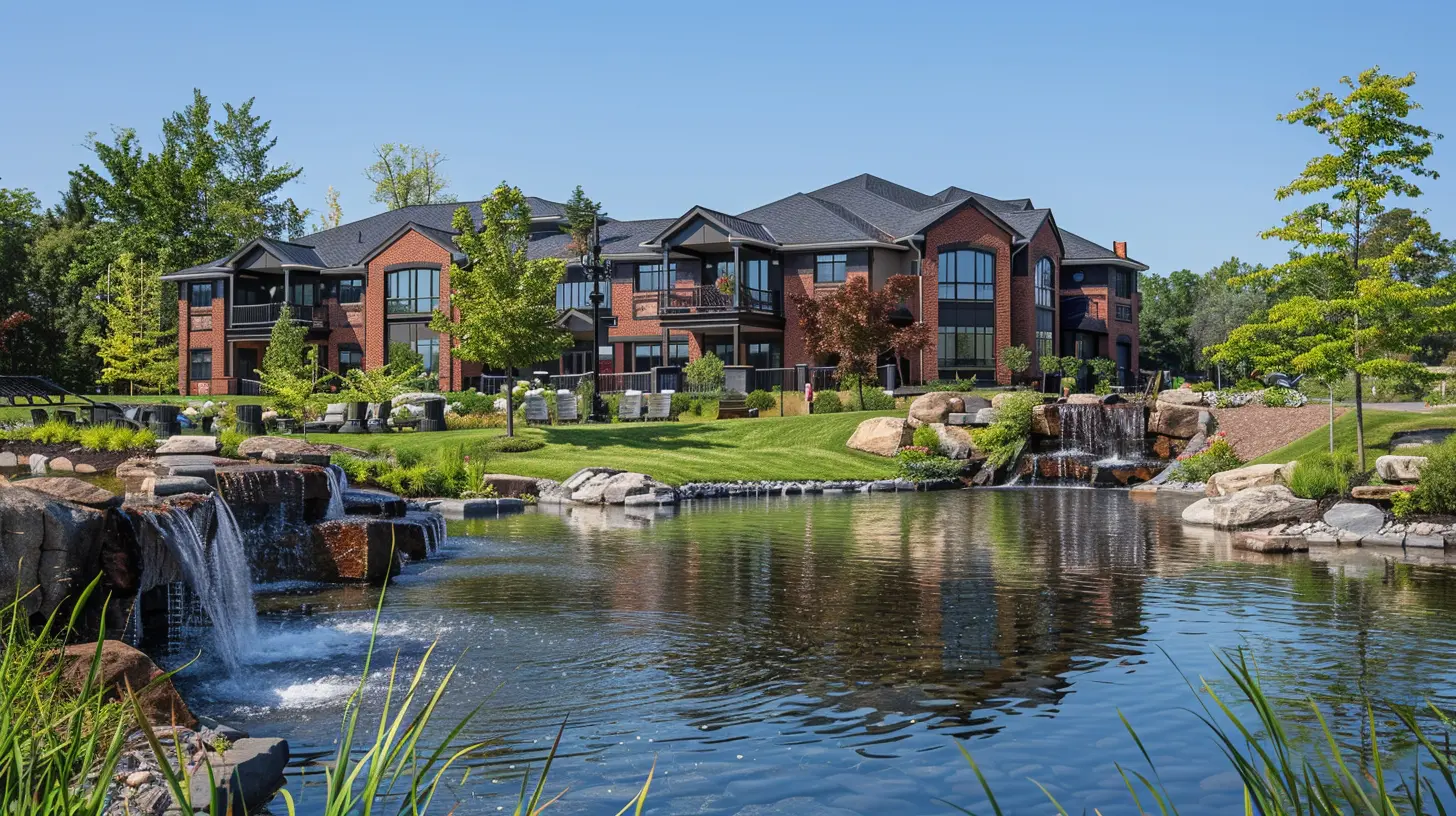
Why Wellness Programs Are Game-Changers
Let’s get real—aging comes with challenges: slower reflexes, achy joints, and an increased risk of chronic conditions like diabetes or heart disease. But here’s the kicker: it doesn’t have to be a downward spiral. Wellness programs are designed to actively combat these issues, keeping seniors healthy, happy, and independent for as long as possible.1. Physical Fitness: Keep Moving, Keep Living
Fact: Staying physically active reduces your risk of nearly every age-related health problem. Wellness programs often include activities like aerobics, swimming, tai chi, or even dance classes. How about pickleball, the senior-friendly sport that’s sweeping the nation?But it’s not all hardcore cardio here. These programs meet you where you’re at. Got arthritis? No problem—low-impact exercises are offered. Hate the gym? You’re not alone—walk-and-talk groups or gardening sessions can keep the blood pumping, too.
The point is to keep moving because your body thrives on movement, like a classic car that’s been well-maintained.
2. Mental Stimulation: Use It or Lose It
Aging isn’t just about your body—it’s a mental game, too. Ever notice how some folks stay sharp as a tack well into their 90s while others seem to fade? That’s not luck; it’s lifestyle.Wellness programs often include cognitive exercises, from memory games to book clubs to language classes. Learning Spanish at 80? Why not? It’s like giving your brain a workout, keeping those neurons firing on all cylinders.
And let’s not forget about mental health. Depression and isolation can sneak up on seniors, especially in traditional retirement settings. Wellness programs prioritize connection, offering support groups, therapy sessions, and opportunities for social interaction. Because let’s be honest—nobody thrives in a vacuum.
3. Nutrition: You Are What You Eat
Gone are the days of bland cafeteria food. Retirement homes with wellness programs hire professional nutritionists who curate menus that are both delicious and good for you.Think fresh, locally sourced produce, heart-healthy recipes, and options for every diet—be it gluten-free, low-sodium, or vegetarian. This isn’t just about eating—it’s about fueling your body and mind.
Plus, communal dining setups make meals feel more like family dinners rather than hurried hospital visits. Bonus? Sharing a meal is scientifically proven to boost mood and well-being.
4. Holistic Health: The Full Picture
These wellness programs don’t stop at the surface. They dive deep, integrating alternative therapies like acupuncture, massage, and aromatherapy. They also focus on preventive care—think regular check-ups, health screenings, and personalized care plans to nip potential problems in the bud before they turn into full-blown issues.It’s not one-size-fits-all. It’s custom-tailored to your needs, like having a personal health concierge. 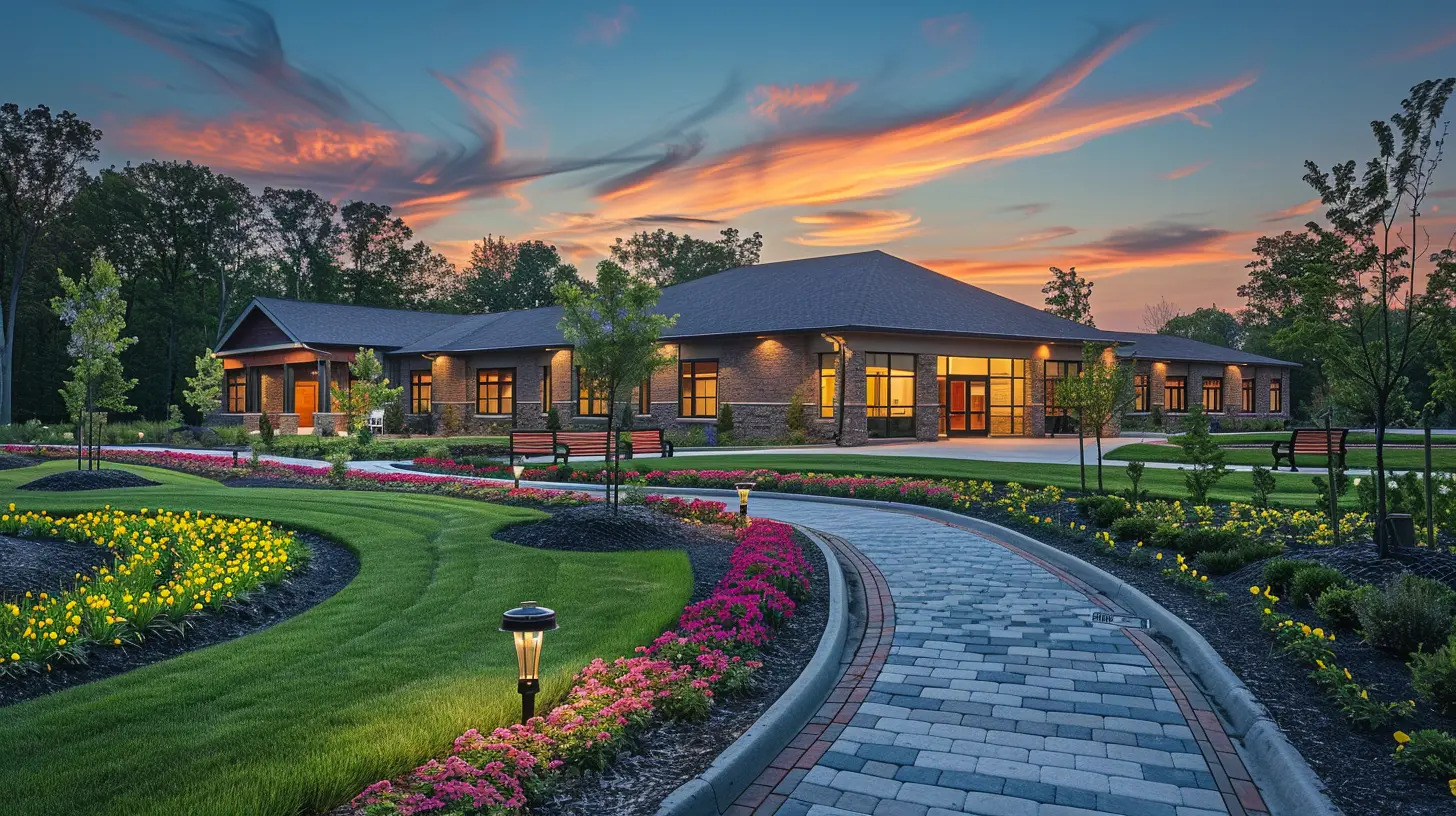
Why Seniors Are Flocking to These Communities
You might be wondering, “Why are these retirement homes becoming so popular?” The answer is simple: they work.Seniors in these wellness-focused communities report higher levels of happiness, better physical health, and improved relationships compared to their peers in traditional facilities. This isn’t marketing fluff—it’s backed by data.
And let’s be honest—none of us want to feel like we’ve been shipped off to a waiting room for the afterlife (yeah, I said it). These homes flip that narrative on its head, offering vibrant, engaging environments instead. 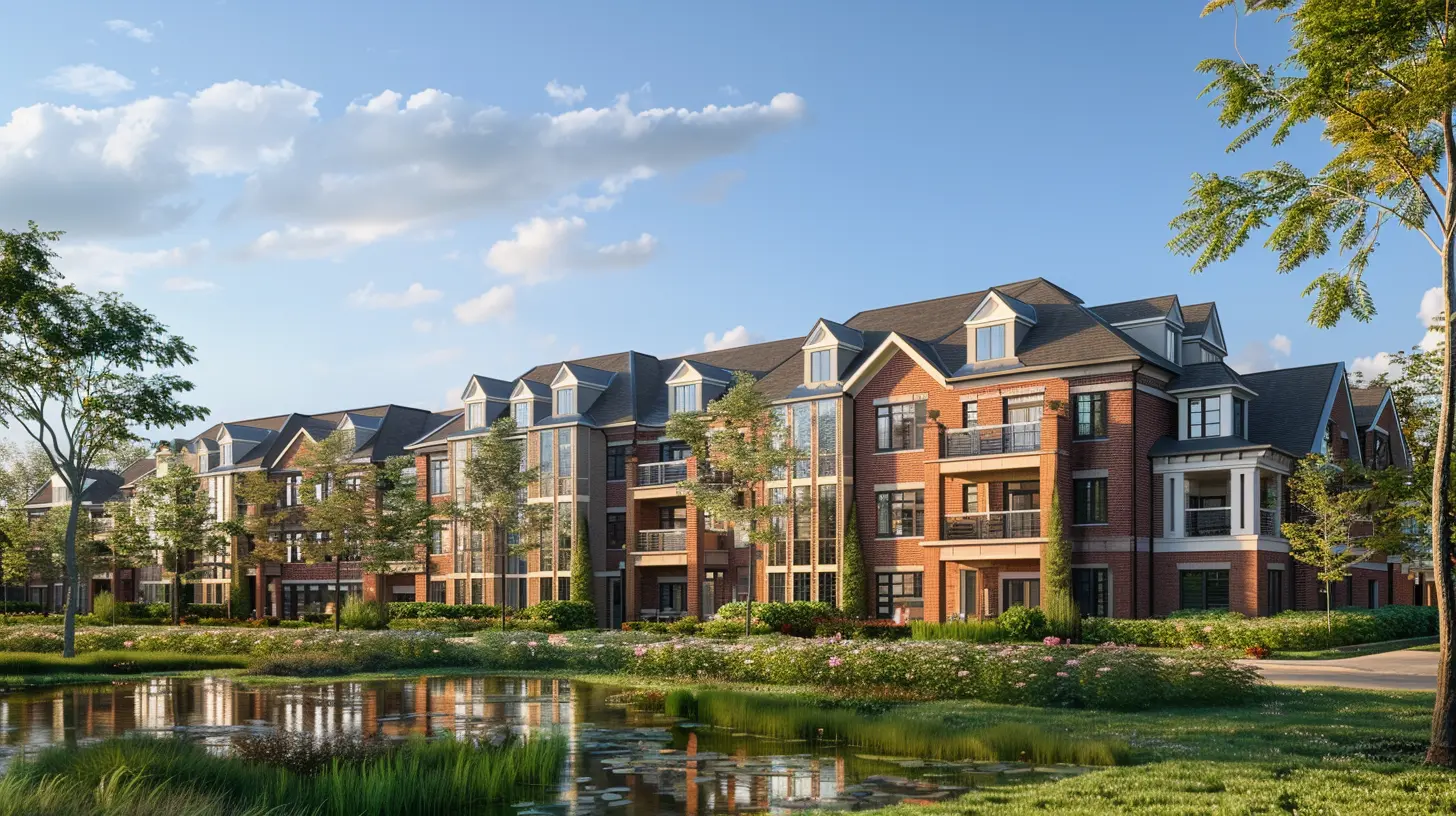
What to Look For in a Retirement Home with a Wellness Program
Not all retirement homes are created equal. If you’re considering making the move, here’s a checklist to ensure you’re getting the crème de la crème:1. Comprehensive Fitness Options
From group classes to personal training, make sure their fitness program fits your needs.2. Qualified Staff
Are their trainers certified? Do they have licensed nutritionists and healthcare professionals on board?3. Holistic Offerings
The best programs consider the whole person—body, mind, and spirit. Look for facilities that offer alternative therapies and mental health resources.4. Community Vibes
Does the place feel like home, or does it feel like a hospital? Community and connection are key.5. Customization
No two seniors are alike. The best wellness programs offer tailored options, not cookie-cutter solutions.The Cost of Wellness: Is It Worth It?
Let’s address the elephant in the room: the price tag. Wellness-focused retirement homes can be pricier than traditional setups. But here’s the thing—can you really put a price on quality of life?Think of it this way: investing in a community with a wellness program is like paying for premium gas for your car. Sure, it’s a bit more expensive upfront, but the long-term performance and fewer issues down the road make it worth every penny.
And hey, when you factor in fewer hospital visits and reduced medical bills, these communities might just pay for themselves in the long run.
The Future of Senior Living
Retirement homes with wellness programs aren’t just a trend—they’re the future. The demand for healthier, happier aging solutions is skyrocketing, and these communities are leading the charge.As we move forward, expect to see even more innovative offerings. Virtual reality for cognitive health? Yep, that’s already in play. Tech-integrated health monitoring? You bet. These homes are setting the bar high, and they’re only going to get better.
Wrapping It Up
So, what’s the takeaway here? Retirement doesn’t have to mean slowing down. It can mean leveling up, and retirement homes with wellness programs are here to make that possible. They’re not just offering a place to live—they’re offering a way to thrive.If the idea of gracefully aging while crushing yoga poses, enjoying delicious organic meals, and maintaining an active social life sounds appealing, this might just be the solution you’ve been looking for.
Aging isn’t a sentence—it’s an opportunity. And with these communities, the golden years just got a whole lot brighter.




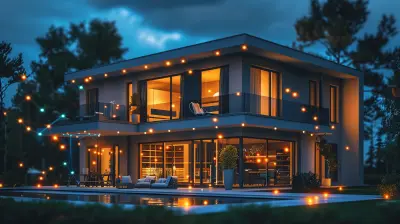
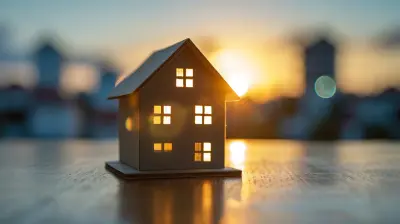



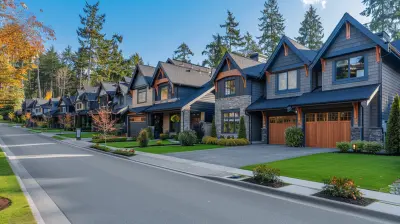


Lauren Allen
Integrating wellness programs into retirement homes represents a significant advancement in senior health care. Such initiatives not only encourage physical activity but also enhance mental well-being, fostering a holistic approach to aging.
March 31, 2025 at 3:12 AM